Source: Neil Patel Whenever I consult with a company, no matter how big they are, they almost always ask one important question: “How should we spe

Whenever I consult with a company, no matter how big they are, they almost always ask one important question: “How should we spend our digital marketing budget?”
This is a question that every business needs to be asking. There are hundreds of marketing tools out there, and it’s difficult to determine which ones you should invest in.
And I’ll be honest––not every marketing tool is right for every business.
This happened about four months ago. I was consulting with a medium-sized SaaS business.
They had two challenges that I was trying to help them with.
First, the marketing department was losing money. (Marketing departments are supposed to make the business money.)
Second, the marketing efforts were not making an impact. Site traffic was down, user interaction was low, churn was high, and they didn’t have the time or resources to produce content.
Sound familiar? I know a lot of businesses in that kind of situation.
Immediately, I spotted some issues.
First, they were using at least 18 different subscription tools to monitor traffic, measure ranking, and improve SEO!
These tools were expensive! If they eliminated all of those subscriptions, the marketing department would stop losing money!
Second, they weren’t using the right tools! They had purchased a bunch because someone said, “you have to buy this!”
But they didn’t need to buy it. It was a waste of money!
Thankfully, I’m happy to report that they are doing better. They are using only 3 tools (all on the list below), and they are producing content.
(Freeing up the budget allowed them to invest more in content creation.)
I share that story because it seems to be pretty typical of how a lot of businesses are operating right now.
- They spend wildly on tools.
- But they aren’t the right tools.
- They’re kicking themselves because they’re spending so much money.
- And they’re not getting an ROI.
- And they don’t even take the time to truly learn the tools that they do have!
Here’s what I want you to know. You need to invest in tools that will help your business grow.
Over the last several years, I’ve noticed that some tools stand head and shoulders above the rest, time after time.
All kinds of businesses, from giant global corporations to mom-and-pop shops, use these tools.
Most importantly, these tools work. The reason they’re so popular is because they provide real results for any type of business.
These aren’t companies who promise you everything and then overcharge you. These are some of the best tools in the industry.
I personally use or have used every single tool below at some point in my career, and I’ve had great experiences with all of them.
And keep in mind, I’m not making money by referring these tools to you with an affiliate link. I’m simply sharing valuable information.
Before we get started
First things first. We need to talk about cash.
- Why? First, because this article is about your budget, right?
- Second, because these tools cost money.
- And third, because I’m assuming you don’t have tons of money.
Even though you don’t have a large budget, you probably have some budget. And you want to spend it in the best way possible.
Here is how you can use this guide:
- Read through the entire guide.
- Select the single tool that sounds like it would work best for your situation, KPIs, and marketing goals.
- Sign up for the free version of the tool (if available).
- Test the tool for as long as the free version allows.
- If there is not a free version, sign up for the lowest price point.
- Test the tool for at least two weeks at the low price point.
If you don’t like the tool, or if it doesn’t give you what you’re looking for, move on to the next one.
If the tool is valuable, then stick with it. A “valuable” tool is one that saves you money or time or makes you money or time, either directly or indirectly.

If you want, you can spend more on the tool to increase the level of features or data that you have access to.
If you take this approach, you’ll spend a small amount of your marketing budget to make the best decision as quickly as possible.
So here are the tools that have made my life easier and have helped me grow my businesses. I’m confident they’ll do the same for you.
1. Ahrefs
Backlinks are practically the currency of digital marketing (besides money, that is).
You should be aware of your backlink situation at all times, and that’s where Ahrefs comes in handy (although it does a lot more!).
I’m in this dashboard almost every day.
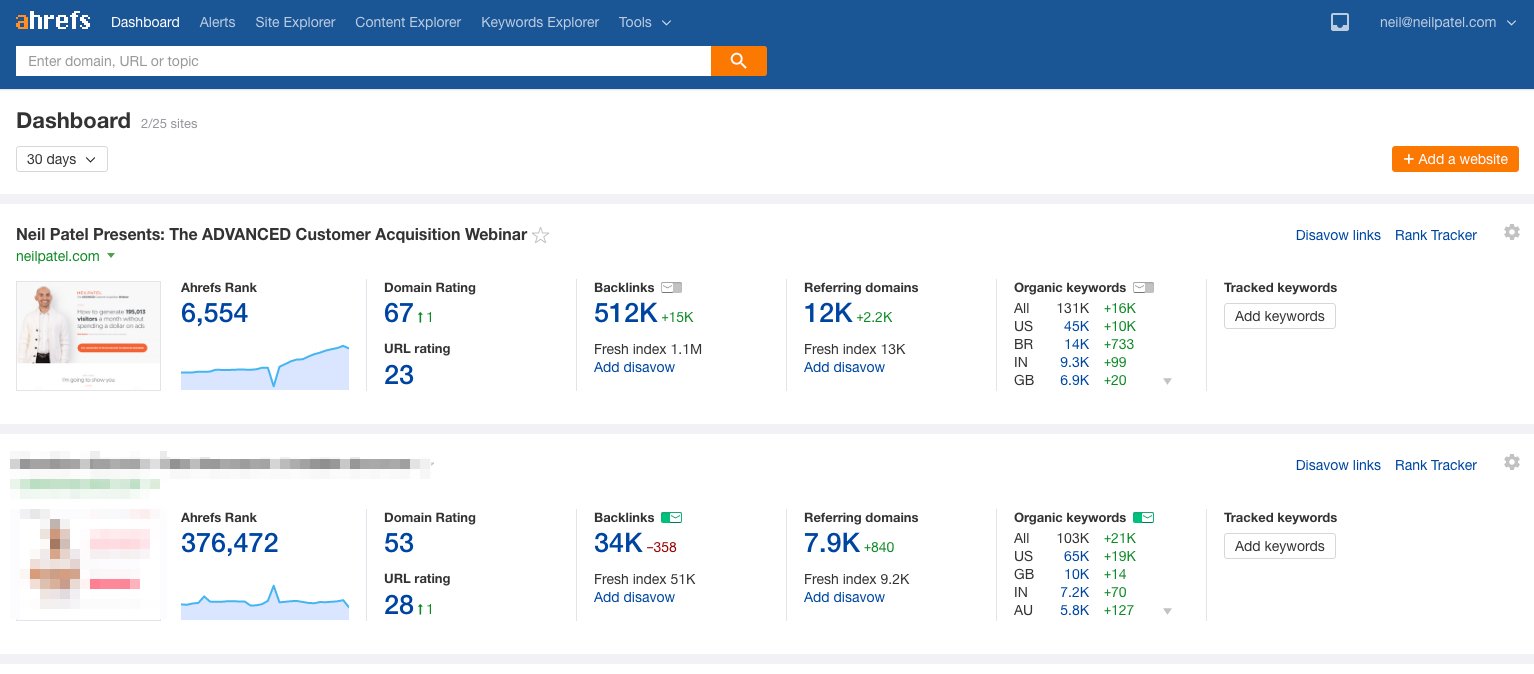
Here is one reason why Ahrefs is so valuable.
It isn’t just one tool––it’s actually a suite of six tools. You get access to all of these:
- Site Explorer
- Positions Explorer
- Content Explorer
- Position Tracker
- Crawl Report
- Ahrefs Alerts
These are all super helpful tools for link building. You can track your backlinks, find competitors’ keywords, check your SEO, and get notified of new backlinks.
There’s so much you can do with Ahrefs. If you’re not already using it, I highly recommend it.
Still not sure if Ahrefs is for you? You can sign up for a 2-week free trial before you commit.
First, go to Ahrefs.com and click on the “Start your free trial” button in the middle of the page.

Fill in your information and click “Continue” to get your free trial:
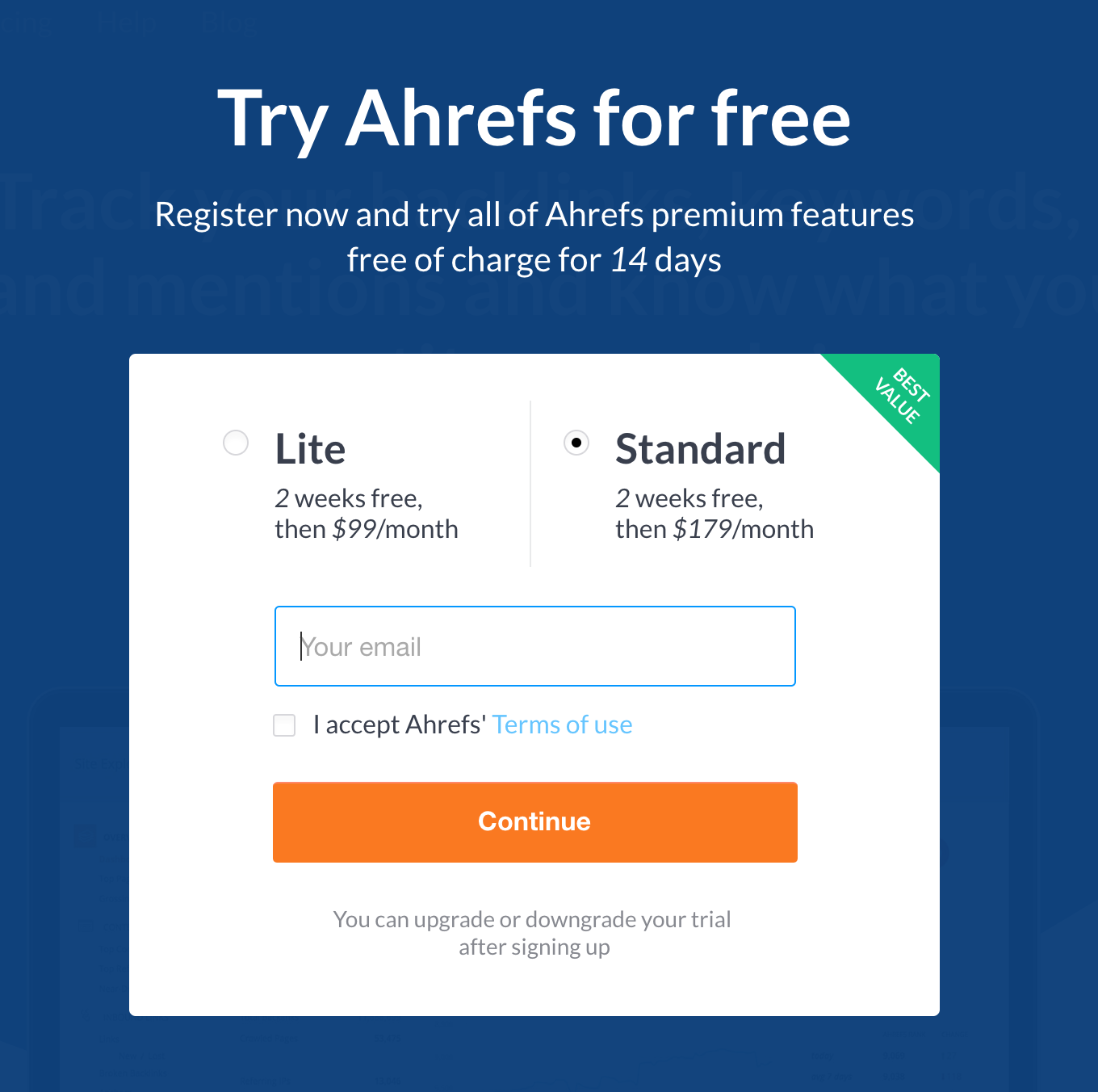
Ahrefs gives you a ton of marketing bang for your buck, so don’t pass it up.
2. Buffer
Buffer is pretty well known by now, mostly because it’s an incredible social tool.
If you have a good social media strategy going, Buffer is a must have. It allows you to schedule your social posts ahead of time.
I’ve got tons of accounts connected to my Buffer!
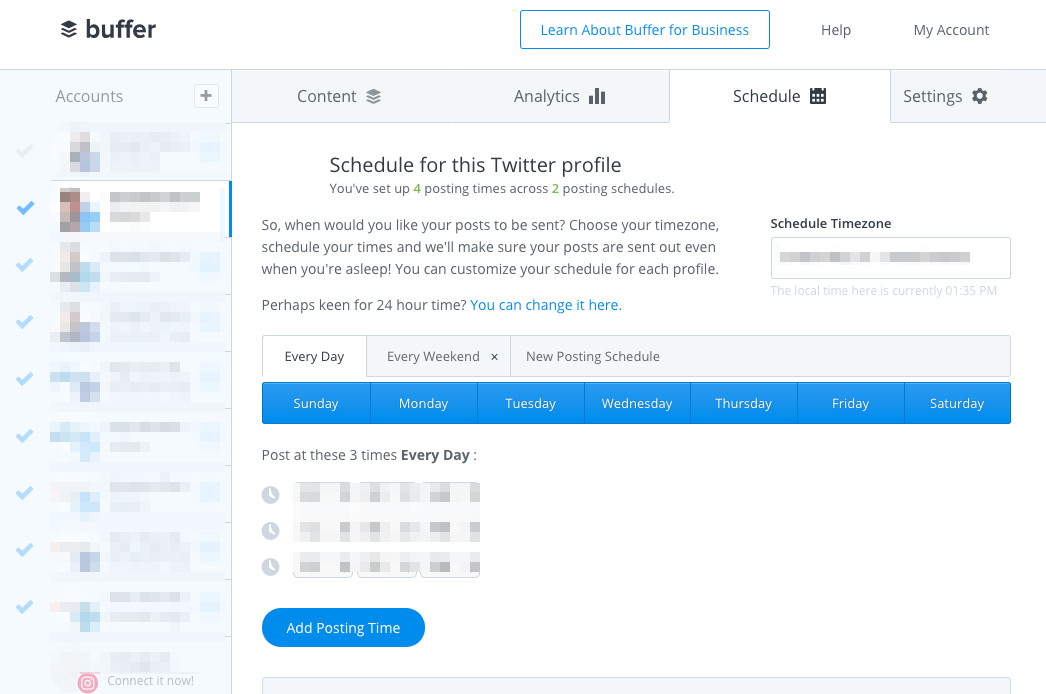
Something I really like about Buffer is their product offerings. They have both Individual and Business options, which is great for different budgets.
If you’re a solopreneur, you probably don’t need the business level, and Buffer did an excellent job of considering their users here.
Buffer’s basic Individual plan is free. Here’s how to sign up.
Head to Buffer.com and click “Get Started for Free:”
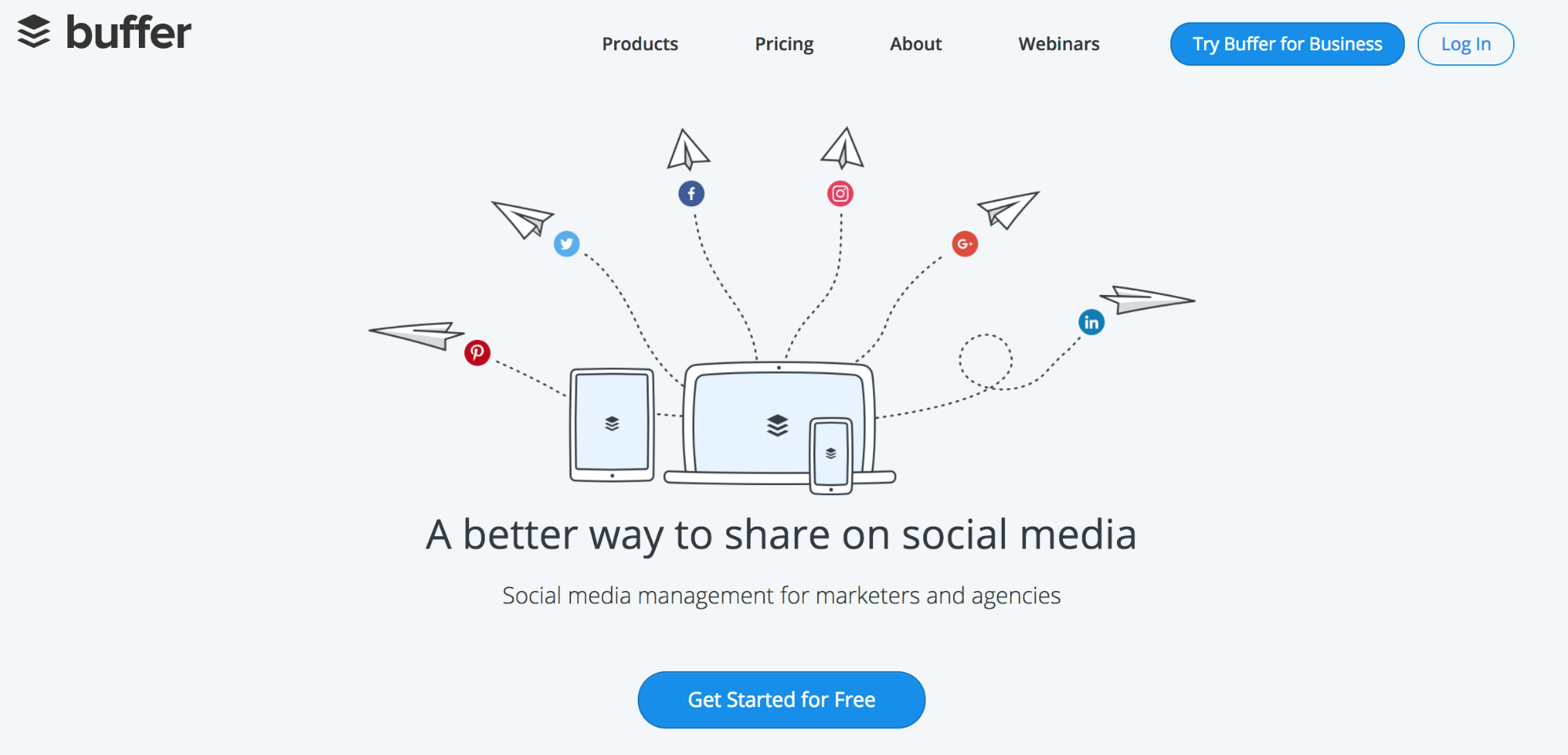
Then fill out your information and click “Create Account.”
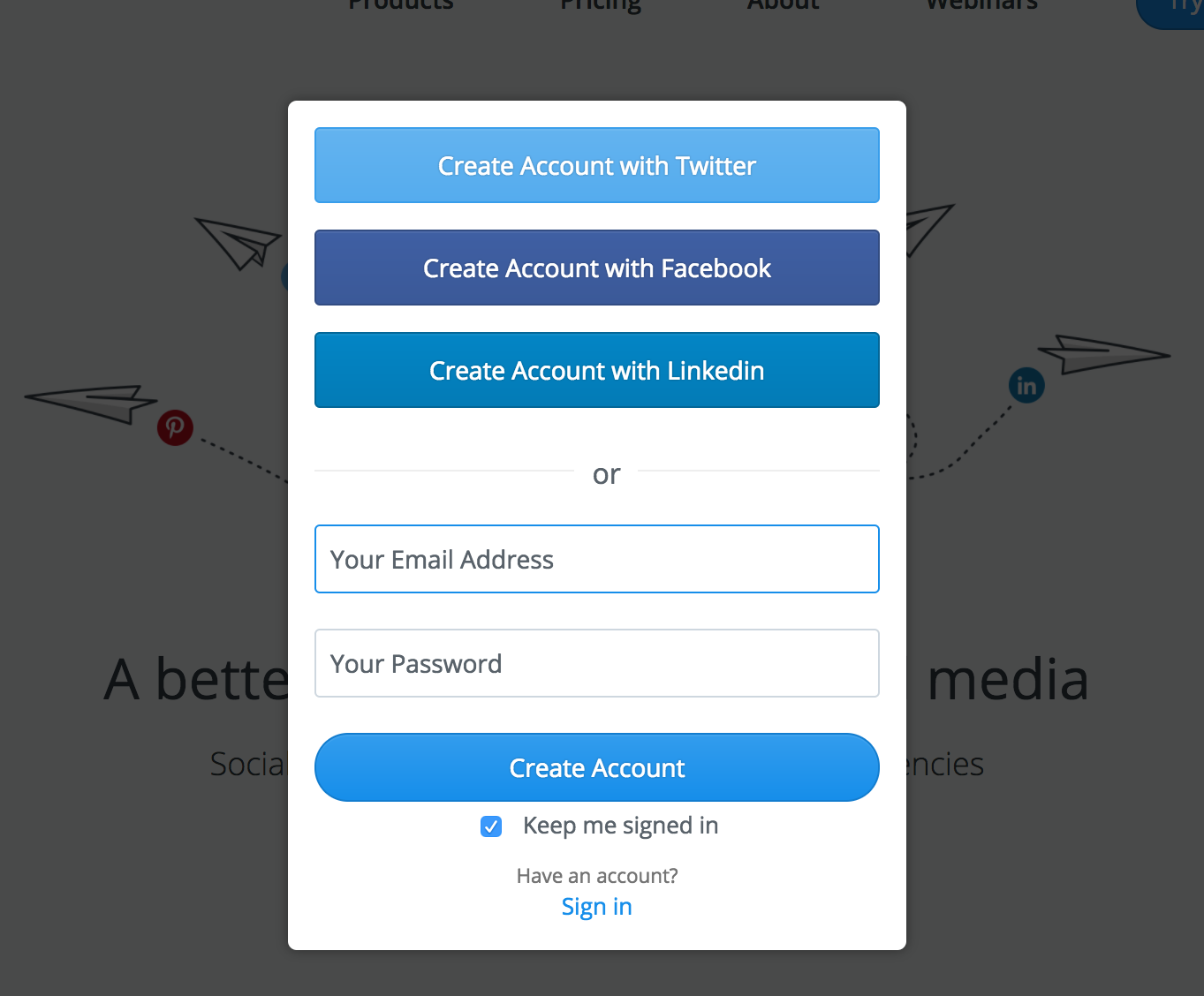
You can also sign up using Facebook, Twitter, or LinkedIn.
After you sign up, you can always upgrade if you need more power.
Buffer is hands down one of my favorite social tools, and I can’t recommend it enough.

COMMENTS